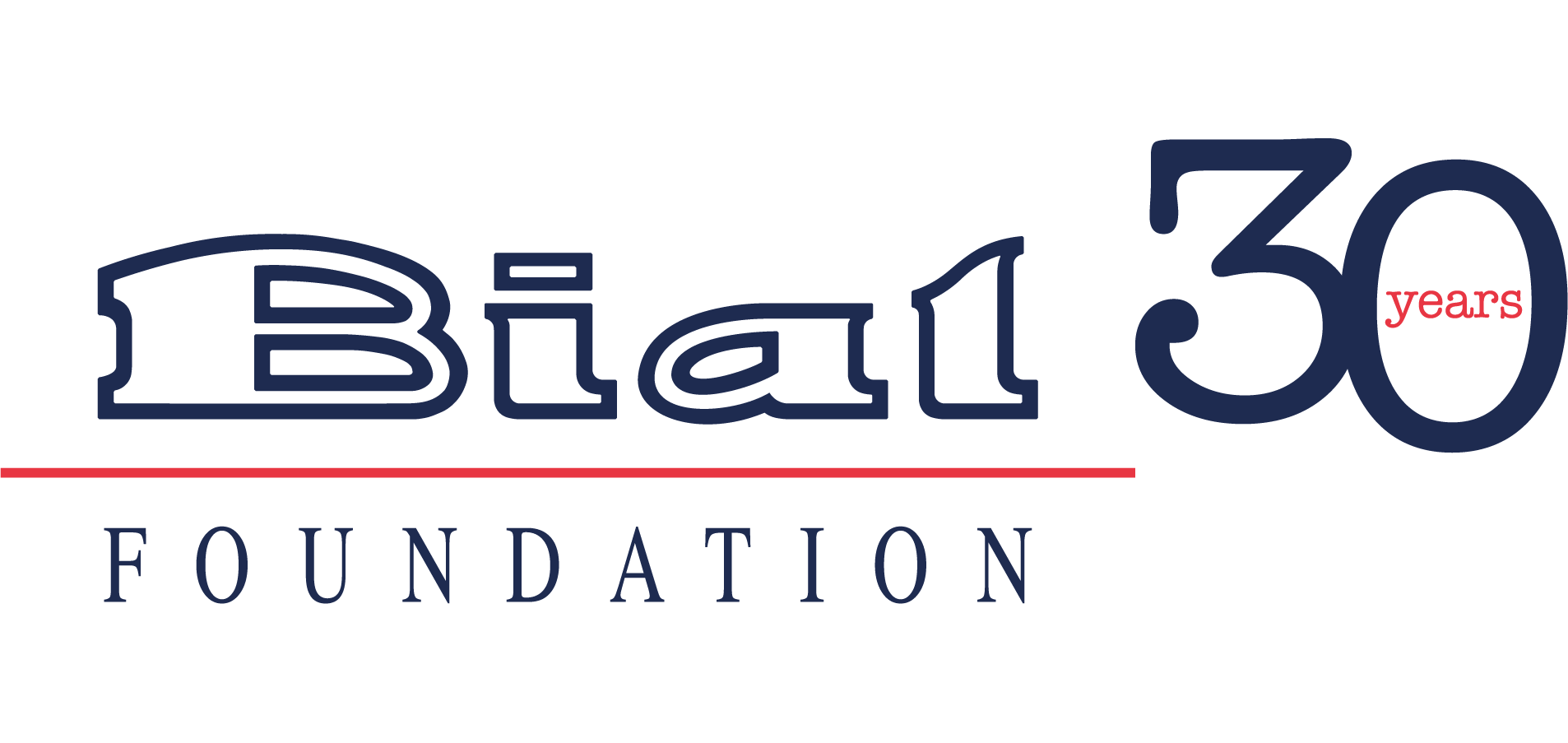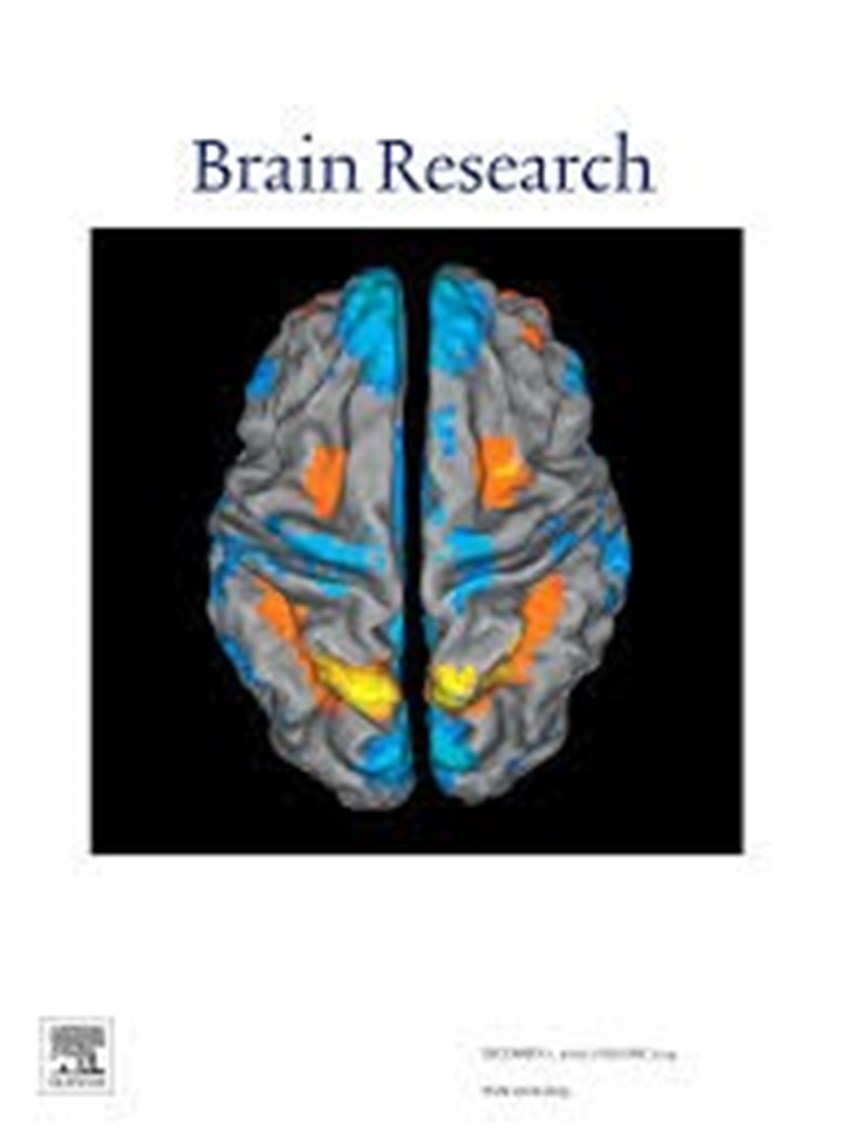In the scope of research projects “207/14 - The role of astrocytes in complex cognitive processing” and “37/18 - Decoding the neuron-astrocyte dialogue that supports cognitive processing. supported by the BIAL Foundation, the research team has published the review paper Astrocyte signaling impacts the effects of human bone marrow mesenchymal stem cells secretome application into the hippocampus: A proliferation and morphometrical analysis on astrocytic cell populations in the journal Brain Research.
“The central nervous system (CNS) has a limited auto-regeneration capacity, which makes it challenging for the development of new therapies. Previous studies from our lab have demonstrated the applicability of human bone marrow mesenchymal stem cells (hBM-MSCs) secretome as a possible therapeutic tool for CNS. Astrocytes, glial cells present in all brain regions, are important players in brain function through their vast influence in extracellular homeostasis, neuro-vascular regulation, synaptic modulation and neurogenesis. Thus, in the present work, we aimed to evaluate the specific impact of MSCs secretome on hippocampal proliferation and astrocyte morphology, in both WT and dnSNARE mice, a transgenic model that presents impaired astrocytic exocytosis and consequently impaired astrocytic function. Results demonstrated increased levels of proliferation for WT when treated with secretome. Additionally, it was possible to observe that dnSNARE animals injected with hBM-MSCs secretome disclosed increased levels of proliferating GFAP stained cells at the SGZ. Morphometrical evaluation found increased process hypertrophy and branching of dnSNARE astrocytes when treated with secretome. These results are closely related with the trophic factors present in the secretome, namely FGF-2, BDNF, GDNF, IGF-1, VEGF, CADH2, PEDF and miR-16. Moreover, the impaired exocytosis of astrocytes may also have implications for the response to the proliferative stimulus, given the established autocrine signaling through this mechanism.”



































































